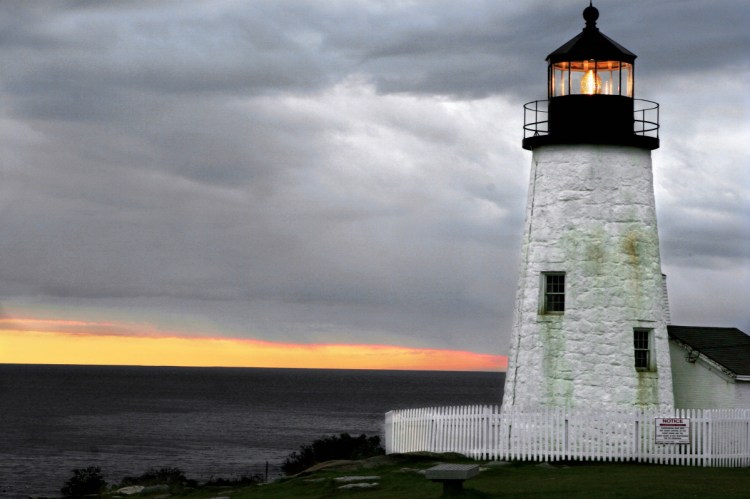Anyone trying to make an international call this weekend would be forgiven for getting a little mixed up.
Daylight saving time ends in the United States on Sunday, bumping the clocks back an hour. The change happened in Europe a week earlier, meaning the time difference between the continents was momentarily smaller.
It’s another confusing wrinkle in a confusing temporal process that confounds the world.
Today, 70 countries change their clocks at midyear for daylight saving time, including most of North America, Europe and parts of South America and New Zealand. China, Japan, India and most countries near the equator don’t fall back or jump ahead. In much of Asia and South America, the daylight saving time shift was adopted, but then abandoned. It has never been observed in most of Africa.
While the United States extended its daylight saving time in 2005 and Florida wants to make it its standard time, other countries are moving to ditch the practice. The European Union is weighing a plan to abandon shifting from daylight saving time at midyear. “Millions … believe that summertime should be all the time,” the European Union’s chief executive, Jean-Claude Juncker, told German reporters in August. Juncker was referring, in part, to an online poll conducted by the EU, which found that changing clocks is tremendously unpopular.
Abolishing the daylight saving time move is the rare bipartisan issue in Poland. Russia and Belarus ditched the process years ago. Russian scientists claim the risk of heart attack jumped 50 percent and the suicide rate climbed when the clocks changed.
A few days ago, Morocco scrapped the daylight saving time fallback, just before the clocks would have turned. It will save “an hour of natural light,” Administrative Reform Minister Mohammed Ben Abdelkader told Maghreb Arabe Press.
The concept of daylight saving time was proposed by several people around the world largely independently of one another. In 1895, George Hudson, a New Zealand entomologist, proposed shifting the clock two hours so bug hunters would have more sunlight in summer evenings. Seven years later, William Willett, a British builder, suggested shifting the clock to “prevent the nation from wasting daylight.” Willett made the proposal to the British Parliament and continued to advocate for it until he died in 1915.
In 1916, the German government adapted Willett’s idea as a way to save money during World War I. Other European countries and the United States soon followed. In 1919, daylight saving time was repealed in the United States. It returned in 1966.
Copy the Story LinkSend questions/comments to the editors.



Success. Please wait for the page to reload. If the page does not reload within 5 seconds, please refresh the page.
Enter your email and password to access comments.
Hi, to comment on stories you must . This profile is in addition to your subscription and website login.
Already have a commenting profile? .
Invalid username/password.
Please check your email to confirm and complete your registration.
Only subscribers are eligible to post comments. Please subscribe or login first for digital access. Here’s why.
Use the form below to reset your password. When you've submitted your account email, we will send an email with a reset code.